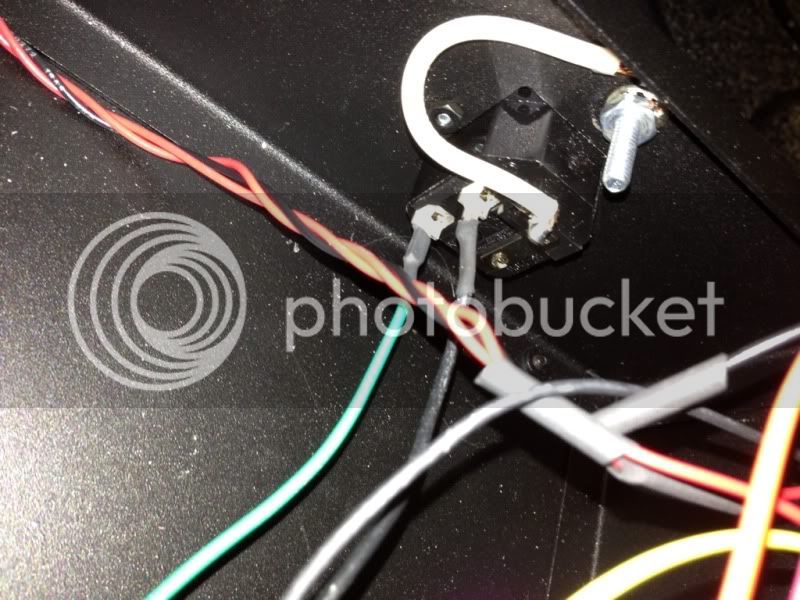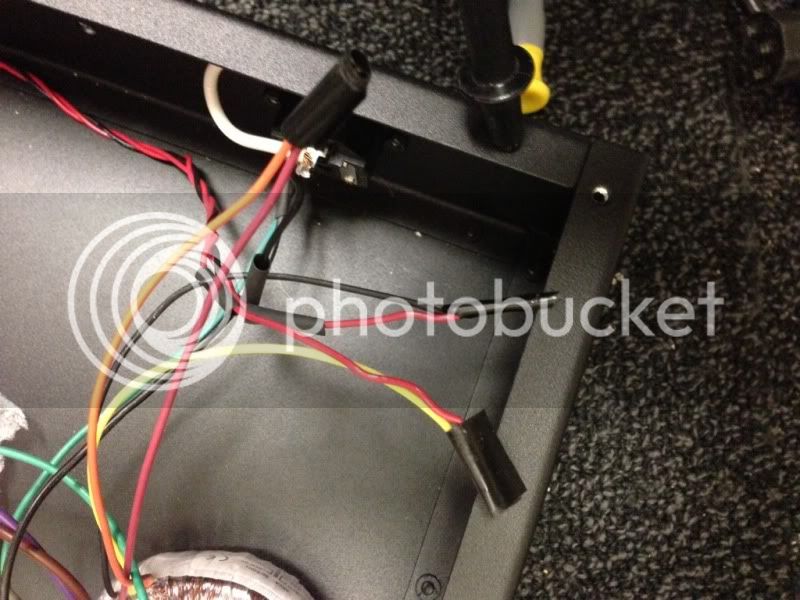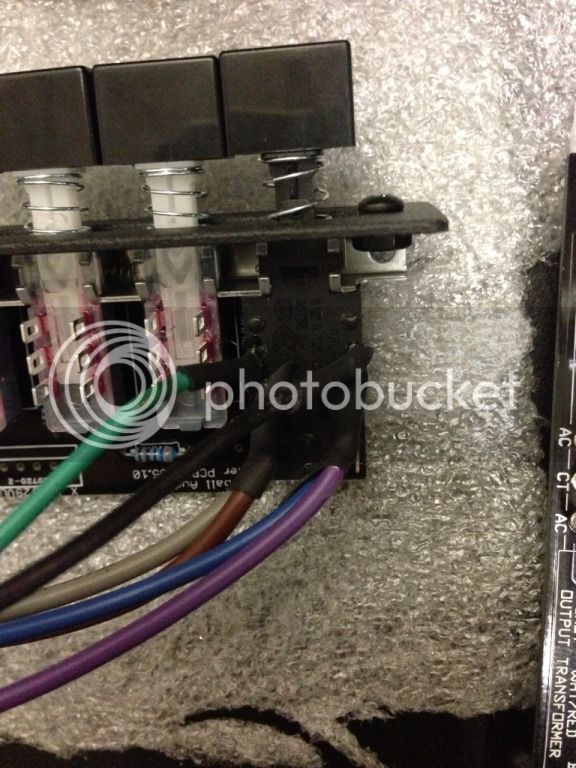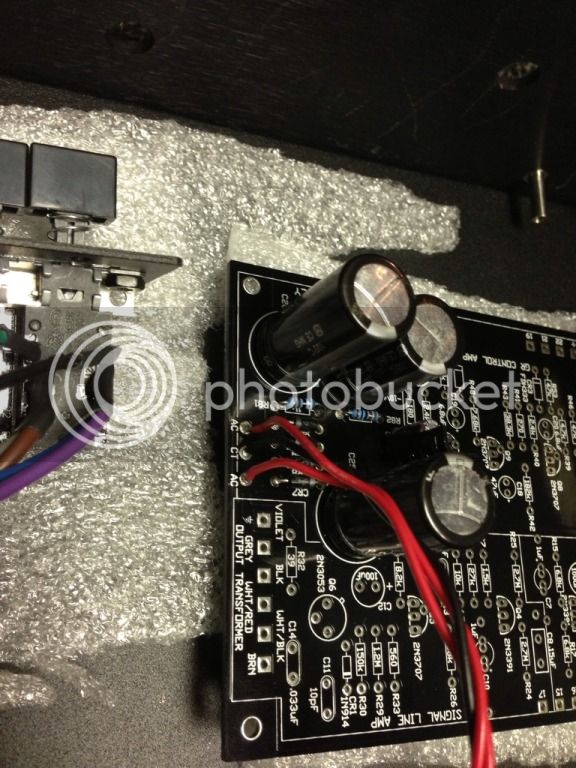Echo North
Well-known member
berkleystudios said:cant tell if my DMM is just cheap and sucks or if my resistances are realy off... im thinking the later. a about three resisters in my GR Meter Driver section are off and this is the section where my tranistors are very off so im guessing that is the issue, just put a big order in from mouser to make sure i dont have any more faulty resistors.
will report back when they come in with the the results of the swaps
Remember R don't always measure accurately in circuit because or R's in parallel. You need to de-solder and lift one leg to check the resistance.








![Soldering Iron Kit, 120W LED Digital Advanced Solder Iron Soldering Gun kit, 110V Welding Tools, Smart Temperature Control [356℉-932℉], Extra 5pcs Tips, Auto Sleep, Temp Calibration, Orange](https://m.media-amazon.com/images/I/51sFKu9SdeL._SL500_.jpg)




























